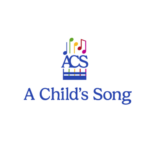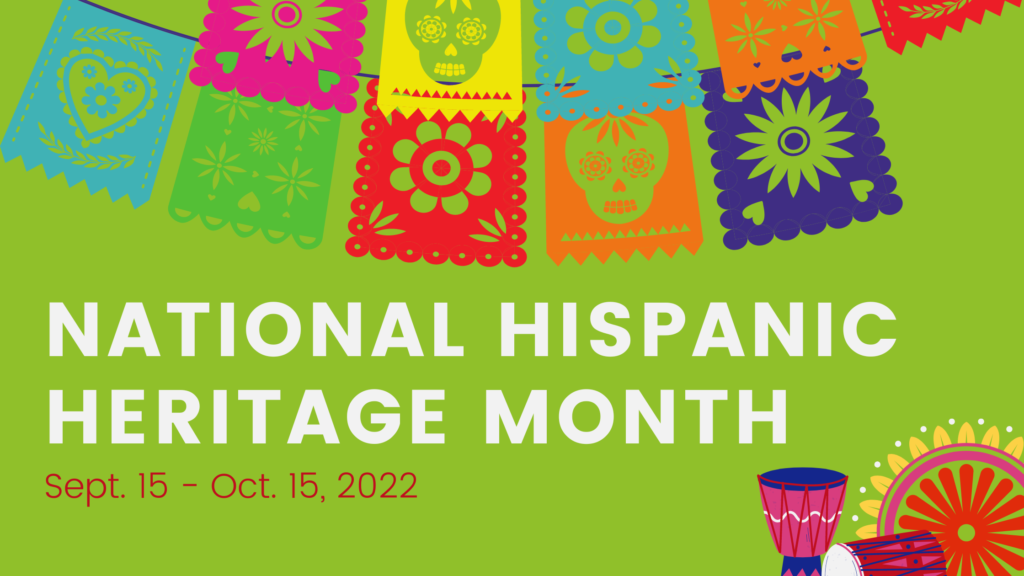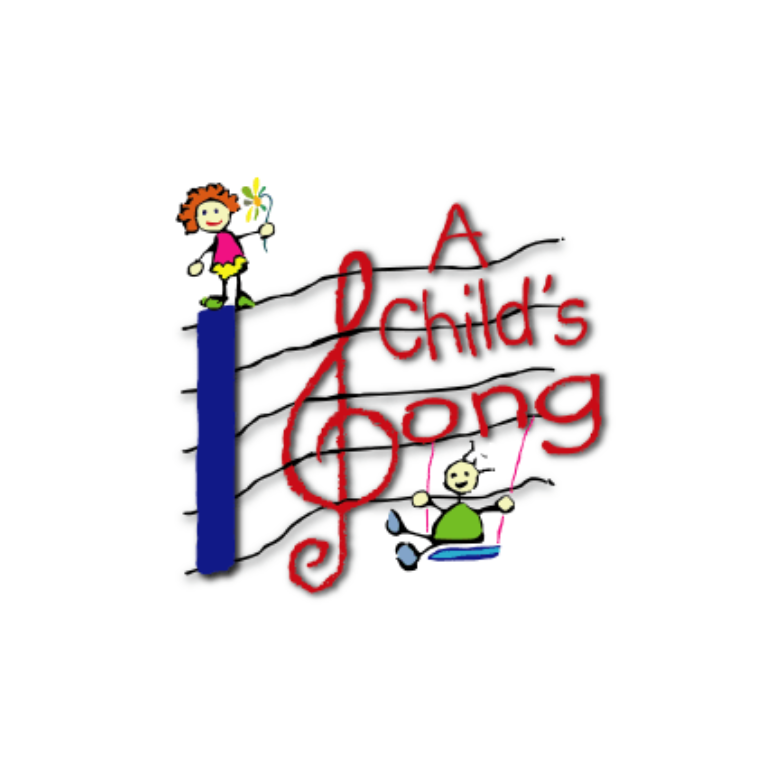What better way to celebrate Hispanic Heritage Month than to rejoice with music? Let’s immerse ourselves in the diversity and richness of music spotlighting culture, traditions and creative roots.
But first, what is Hispanic Heritage Month?
Hispanic Heritage Month is observed each year from September 15 through October 15 as a way to celebrate the histories, cultures and contributions of American citizens whose ancestors came from Spain, Mexico, the Caribbean and Central and South America. This time period is culturally significant because Sept. 15th is the anniversary of independence for Latin American countries Costa Rica, El Salvador, Guatemala, Honduras and Nicaragua. In addition, Mexico and Chile celebrate their independence days on September 16 and September18, respectively. Columbus Day or Día de la Raza, which is October 12, also falls within this 30 day period.
Unidos: Inclusivity for a Stronger Nation
There are many ways to celebrate Hispanic Heritage, but music is our favorite for exploring the historical journey of Hispanics around the world.
Latin Music Genres and Styles
Musical traditions of Mexico, Central America, and the portions of South America and the Caribbean colonized by the Spanish and the Portuguese reflect the distinctive mixtures of Native American, African, and European influences that have shifted throughout the region over time. The melding of cultures and introduction to new instruments, styles and sounds produced some exquisite forms of music.
- Salsa
Originates from Cuba, Puerto Rico and New York and draws heavily from the musical roots of the Cuban and the African-Caribbean experience. - Merengue
Folk music originating from the Dominican Republic. It has a moderate to very fast 2/4 rhythm played on güira (metal scraper) and the double-headed tambora (drum). - Rancheras
Originates from Mexico and is traditionally played by a mariachi ensemble that relies heavily on stringed instruments like the vihuela and deep-bodied guitarrón. It has influences from European waltz and polka, as well as Cuban bolero. - Cumbia
Originates from Colombia and has a signature double beat that is played on maracas or a drum, while flutes known as gaitas carry the melody. - Tango
From the Río de la Plata region of Argentina and Uruguay, the Tango’s essential dramatic tones are shaped by a bandoneón (a type of accordion). - Raggaeton:
A younger genre originating from Panama and Puerto Rico features Jamaican reggae and dancehall recordings. In Puerto Rico, musicians incorporated hip hop and the island’s folk genres of bomba and plena. - Norteña:
Genre from the northern part of Mexico. It is a mixture between German folk music and local Northern Mexican music. Its sound is characterized by the accordion and the bajo sexto.
- Salsa
These and other vibrant and influential Latin American styles have the power to completely transport listeners. Hear some for yourself below.
Music & Hispanic Heritage Month
NPR: An ‘El Tiny’ Takeover During Hispanic Heritage Month


